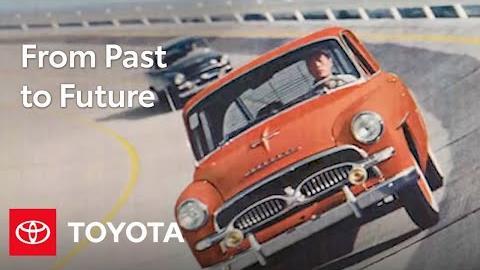
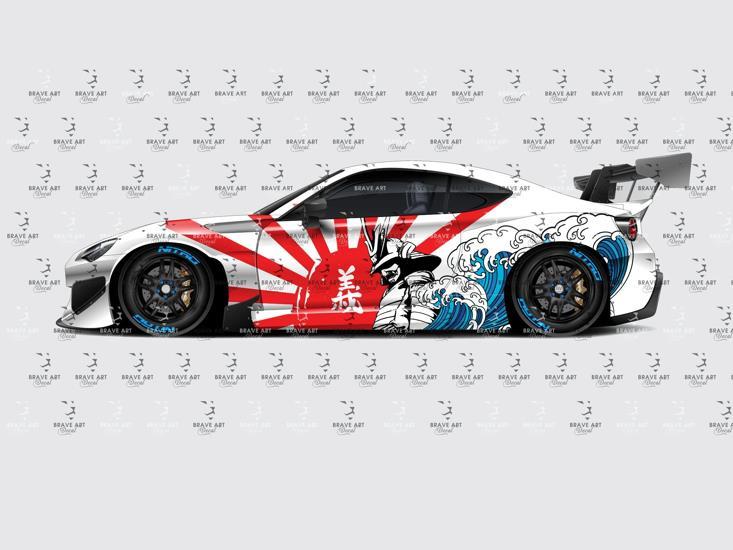



The story behind Toyota’s arrival in the United States
Based upon the book by Wanda James
Driving from Japan tells the true story of a team who put their careers and reputations on the line for an underpowered, uncomfortable and utterly unattractive car. Their hard work, determination and perseverance kept a dream alive for a nation, but more importantly laid a foundation for 60 years of excellence. Driving to Japan is a modern-day David vs. Goliath, but here, David hails from Yokohama and Goliath’s from Detroit.
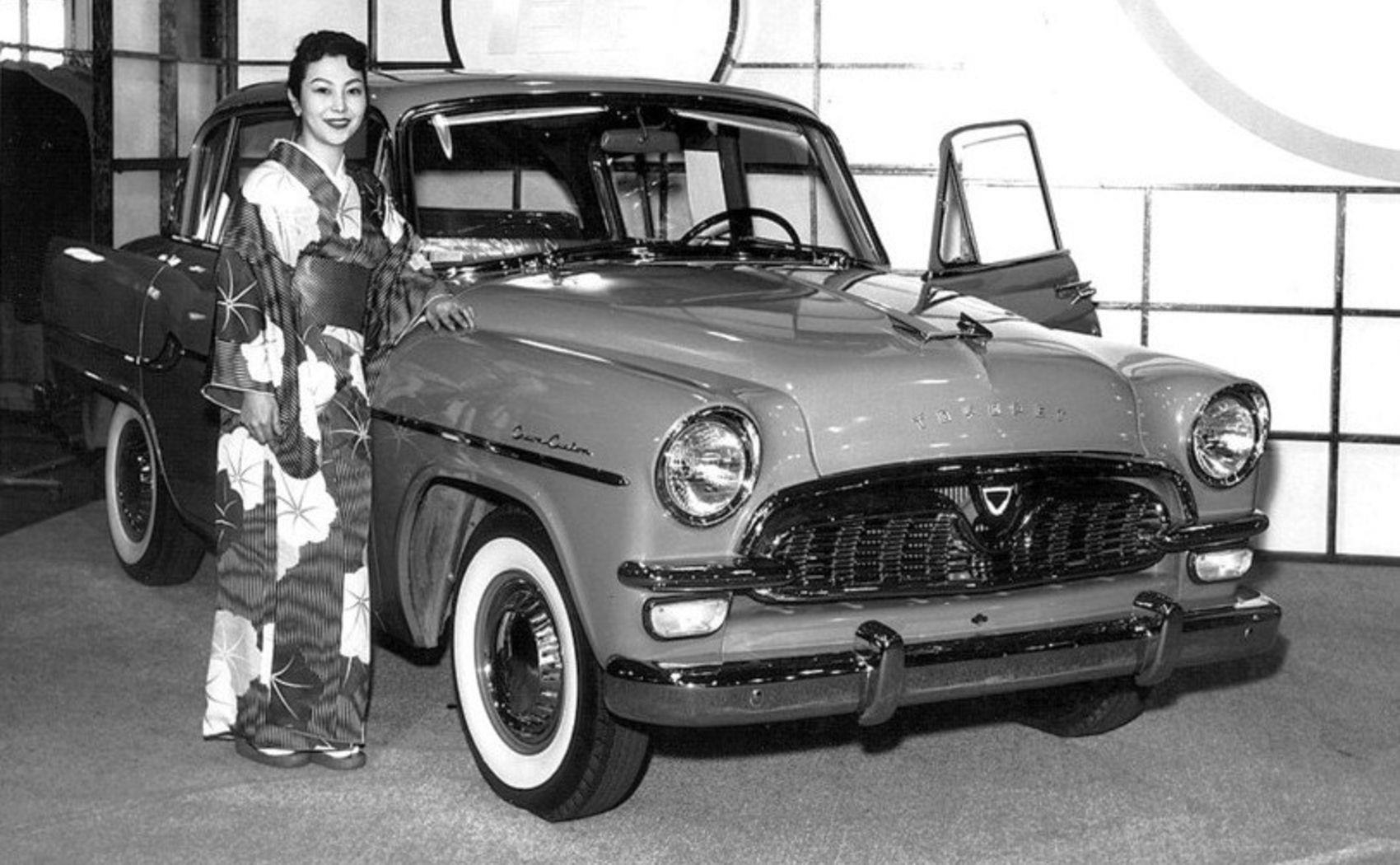
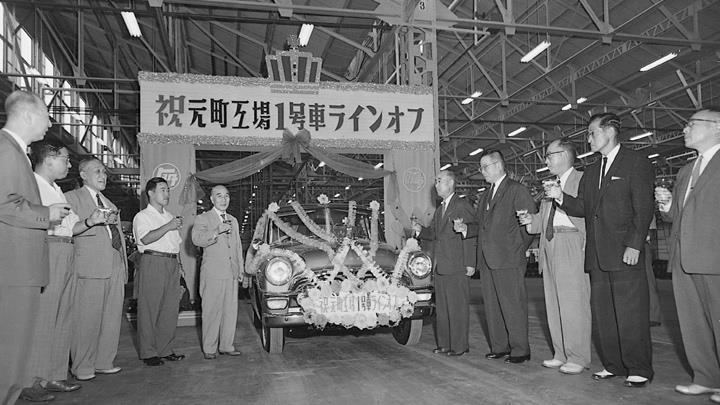



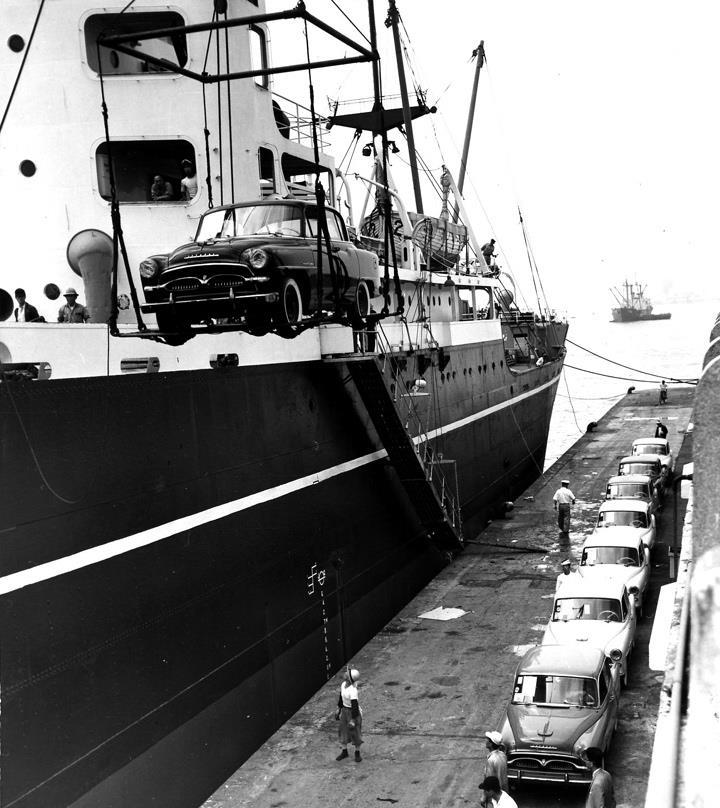
In 1957, Toyota cast its eyes on the American market. Success didn’t come overnight. In fact, Toyota had to go through a long teething period before it was able to make a significant bite into the U.S. market. Almost sixty years later, Toyota is now the largest automaker in the world, selling over 10 million vehicles. This is how it all began.

Toyota arrives in USA
September 14, 1957


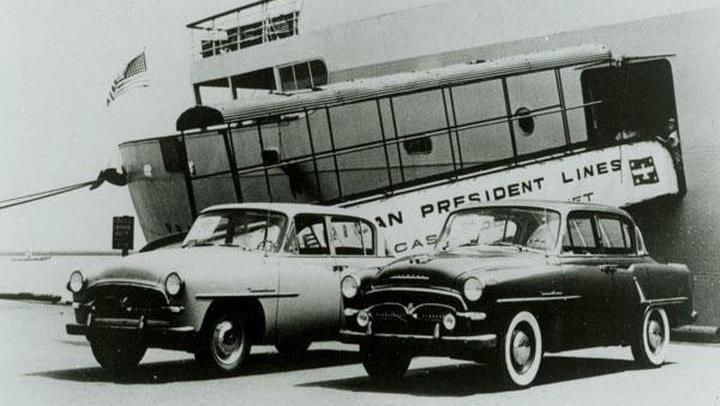

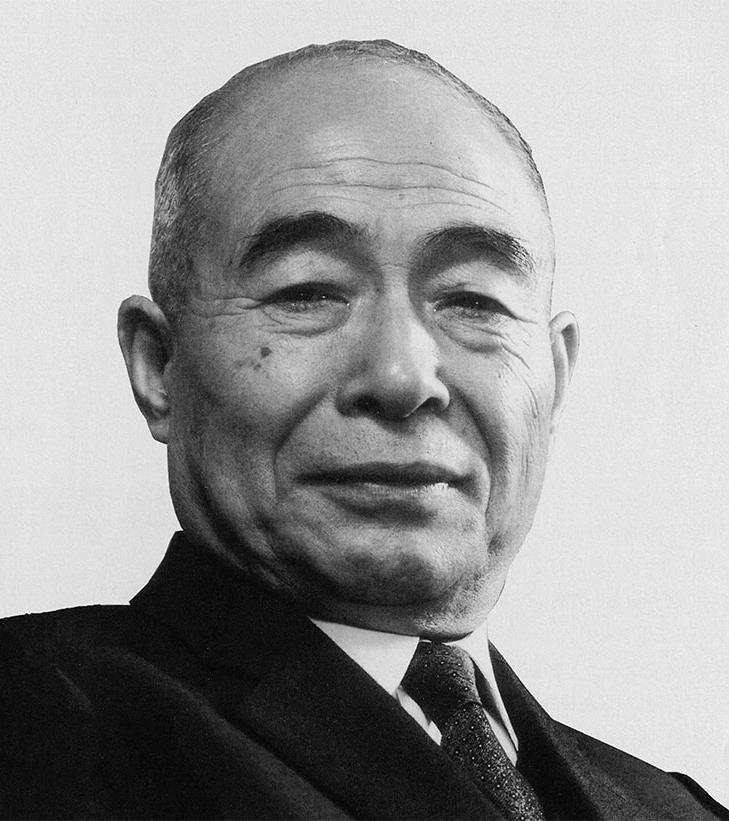
Shotaro Kamiya
Toyota Motor Sales: President
If Toyota failed in the U.S. it would be all on him. “I will never forget the feeling I had when the first two cars sailed from Yokohama. I felt almost like I was seeing my children off on a long journey.”


One month after the cars arrived, Team Toyota loaded the trunks with tools and spare parts and launched a five-day trip from Los Angeles to San Francisco. Mechanical problems emerged even before the trip began. The cars were well suited to the San Francisco hills, but LA freeways were another story. The cars would need more power for any Hollywood dreams to come true.
Seishi Kato & Shoji Hattori Team Motor Company, USA
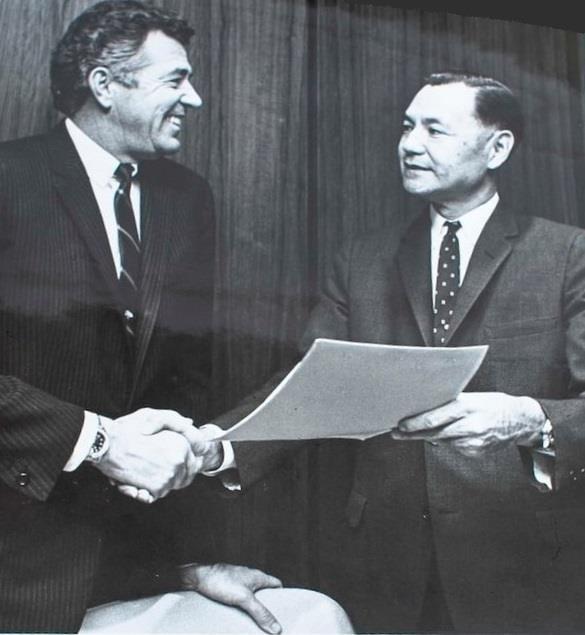
Kato & Hattori worked under Kamiya. They helped secure distribution deals for the Toyopet, established a company headquarters in Hollywood and set up a parts and distribution chain for the U.S. market.
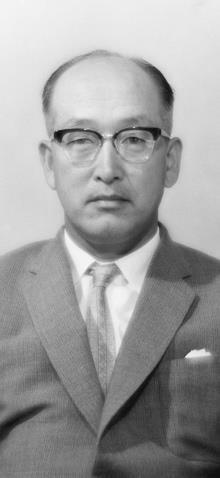


Toyota Motor Sales, USA
Hollywood, California October 31, 1957
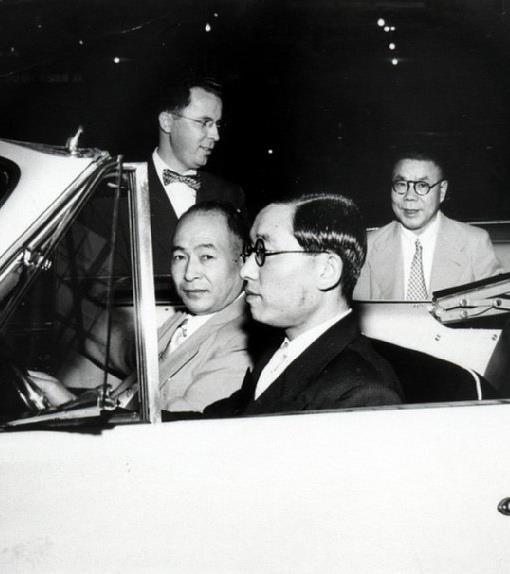
Back in Los Angeles, Kamiya was dismayed by the car’s performance. To add insult to injury, dealers were getting cold feet when they realized the car wasn’t ready. Word of Toyota’s failure spread, dimming the company’s future American prospects.
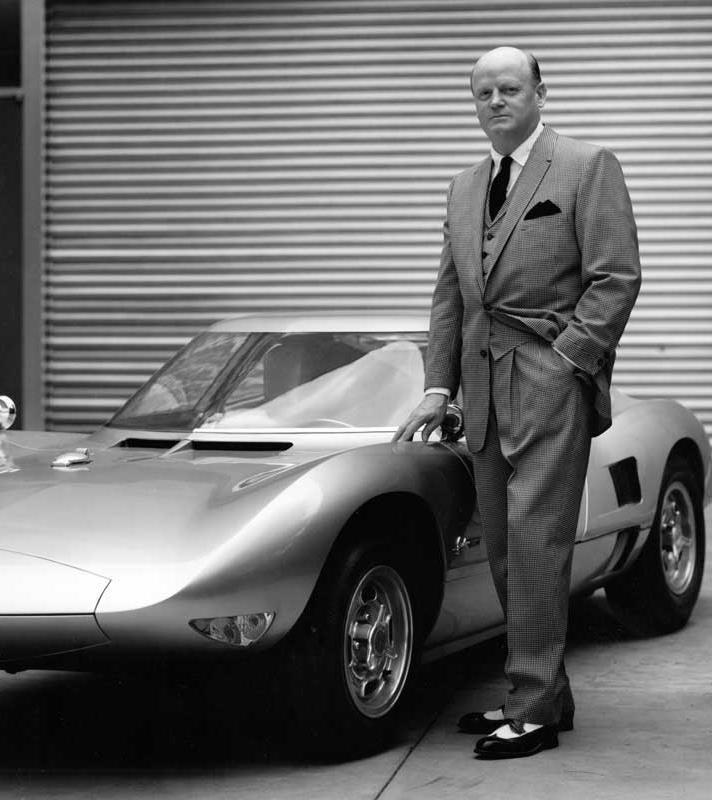
When Toyota entered the American car market, General Motor was at its zenith, not just as a business, but as an American cultural institute. Toyota was a fly on Detroit’s windshield.



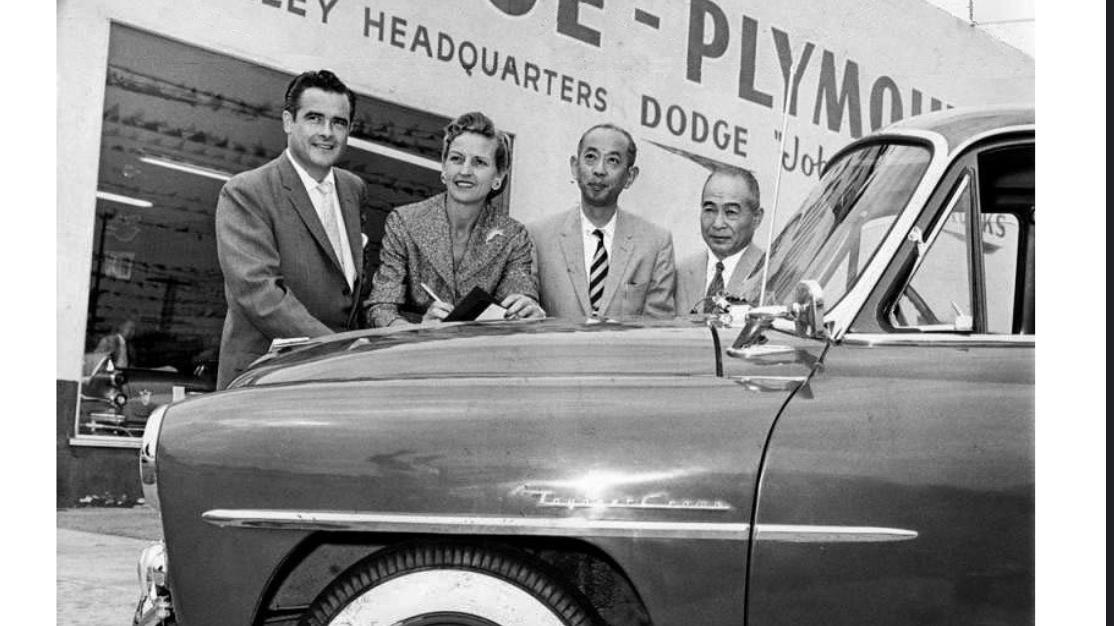

Holt Motors President
Fit, forty and doing quite well in a man’s world Barbara is president and owner of two car dealerships in Los Angeles. ”Many are surprised to find a woman who heads auto agency. I don’t see anything so odd about it.’ The versatile grandmother, is an accomplished horsewoman and was reared on a cattle ranch. “Men didn’t want me to be a dealer. They said it wasn’t the kind of work a woman should do. Tsk. Tsk.”



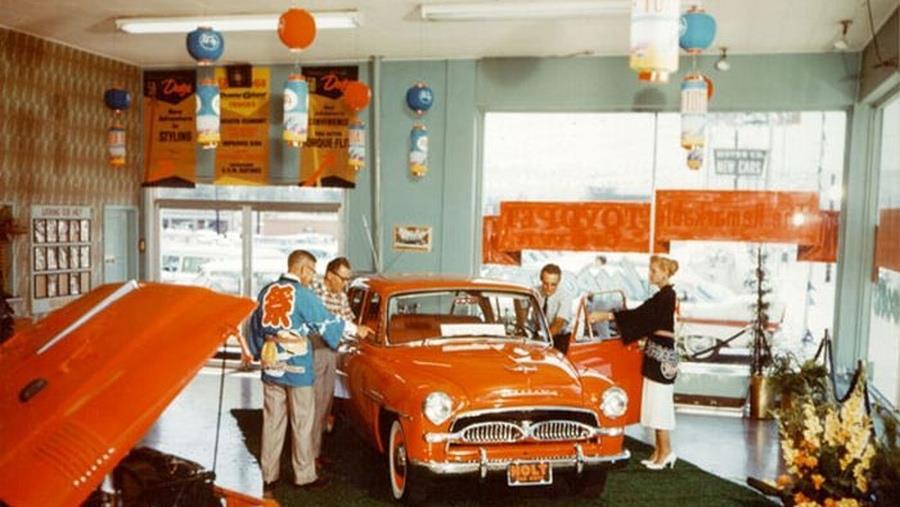
Hollywood screen-star Nobu McCarthy, called the world's most beautiful Japanese actress, appeared at the Holt Motors in Van Nuys, at a gala honoring the new Toyopet Crown.
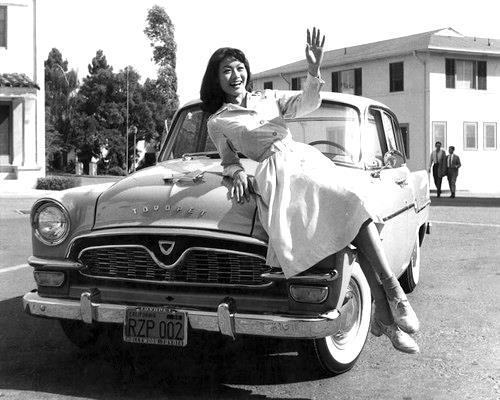

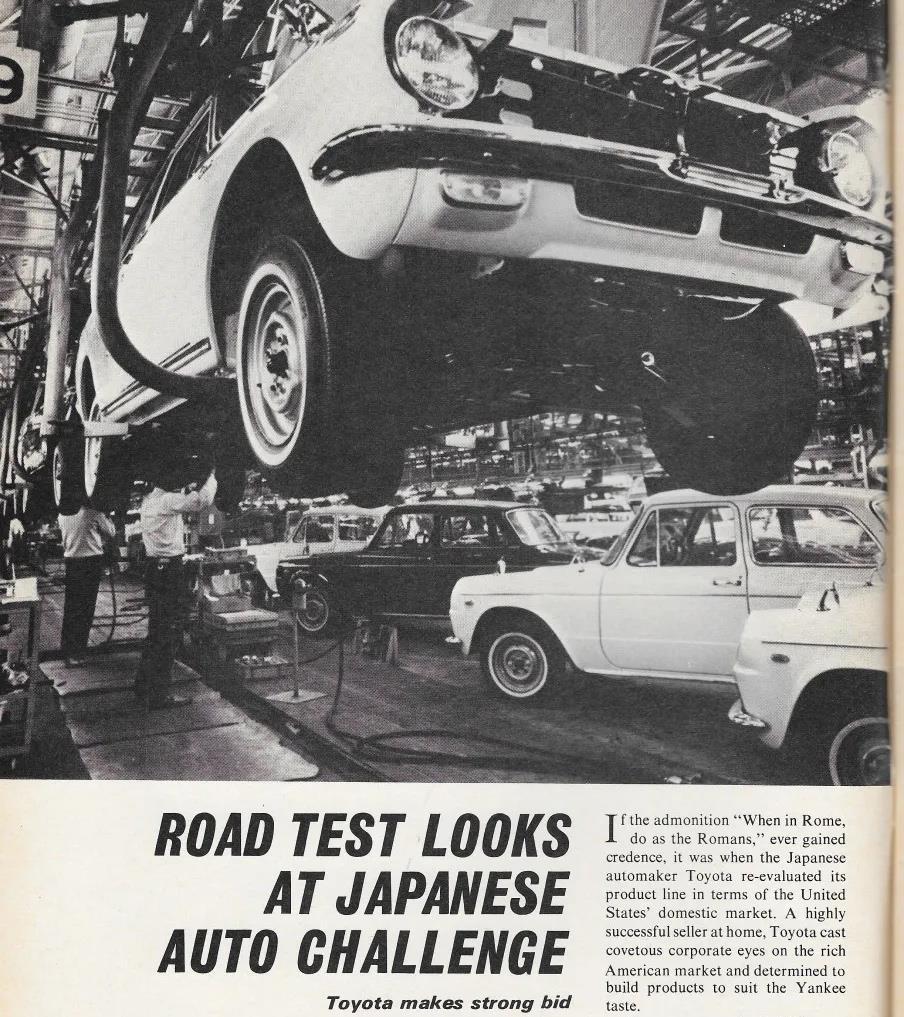
By the end of 1958 a total of only 287 cars (plus a single Land Cruiser) had been sold. While sales more than tripled the following year, the decade ended on a down note. In 1960, Toyota stopped exporting the Toyopet to the U.S. Toyota returned to the U.S. market in 1965 with the advanced new Corona, which was a runaway hit. Toyota had learned to adapt the product to the market and focus on the customer –qualities that it continues to this day.






Now is the ideal time to tell this story. Audiences are connecting with Japanese culture, history and identity. Shows like Shogun have entered the zeitgeist of pop culture. Today, Toyota is the world’s largest auto manufacturer in the world. This is an origin story to the birth of their brand.



